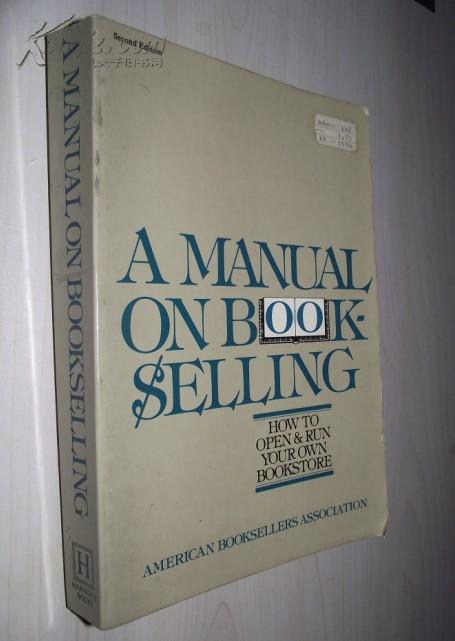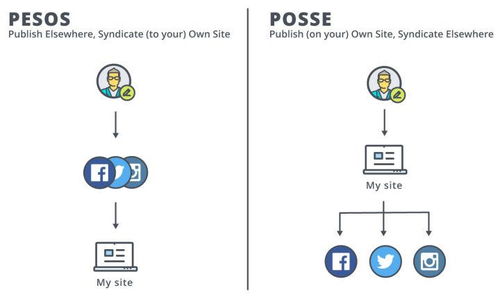Understanding the Market

Before you embark on the journey of publishing your own book online, it’s crucial to understand the market you’re entering. Research the genres and topics that are currently trending. Look at the top-selling books in your chosen category and analyze their content, style, and pricing. This will give you a clear idea of what works and what doesn’t in the online book market.
Choosing the Right Platform

There are several platforms where you can publish your book online. The most popular ones include Amazon Kindle Direct Publishing (KDP), Smashwords, and Lulu. Each platform has its own set of advantages and disadvantages. For instance, KDP is great for reaching a wide audience, while Smashwords offers more distribution options. Consider your goals and choose the platform that aligns best with them.
| Platform | Advantages | Disadvantages |
|---|---|---|
| Amazon Kindle Direct Publishing (KDP) | Wide distribution, easy to use, high royalty rates | Amazon-centric, limited control over pricing |
| Smashwords | Wide distribution, flexible pricing, multiple formats | Lower royalty rates, more complex submission process |
| Lulu | Print-on-demand, wide distribution, customizable options | Higher costs, less control over pricing |
Writing Your Book

Once you’ve chosen a platform and understood the market, it’s time to write your book. Focus on a topic you’re passionate about and that you know your target audience will be interested in. Make sure your book is well-written, engaging, and informative. Proofread and edit your work to ensure it’s free of errors and typos.
Formatting Your Book
Formatting your book correctly is essential for a professional appearance. Most platforms provide guidelines for formatting your book, including font size, margins, and page breaks. Follow these guidelines closely to ensure your book looks its best. If you’re not confident in your formatting skills, consider hiring a professional formatter.
Cover Design
The cover of your book is the first thing potential readers will see. A compelling cover can make a big difference in whether or not someone decides to purchase your book. Invest in a professional cover designer or create your own cover using a tool like Canva. Make sure your cover is eye-catching, relevant to your book’s content, and easy to read.
Pricing Your Book
Deciding on the right price for your book can be challenging. Consider the length of your book, the amount of research and effort you’ve put into it, and the prices of similar books in your genre. You can choose to price your book at a fixed price, offer it for free, or use a tiered pricing model. Experiment with different pricing strategies to see what works best for your audience.
Marketing Your Book
Marketing your book is just as important as writing and publishing it. Utilize social media, email marketing, and online advertising to reach your target audience. Offer free samples or excerpts of your book to entice readers. Engage with your audience by responding to comments and reviews. Consider joining online book clubs or forums to promote your book.
Monetizing Your Book
Earning money from your book can come in various forms. The most common ways include selling your book on platforms like Amazon, earning royalties from book sales, and offering additional services such as consulting or speaking engagements. Some authors also create merchandise or other products related to their book to generate additional income.
Measuring Success
Keep track of your book’s performance by monitoring sales, reviews, and feedback from your audience. Use this information to refine your marketing strategies and improve your book. Remember that success in the online book market takes time and persistence. Stay committed to your goals and continue to learn and grow as an author.
